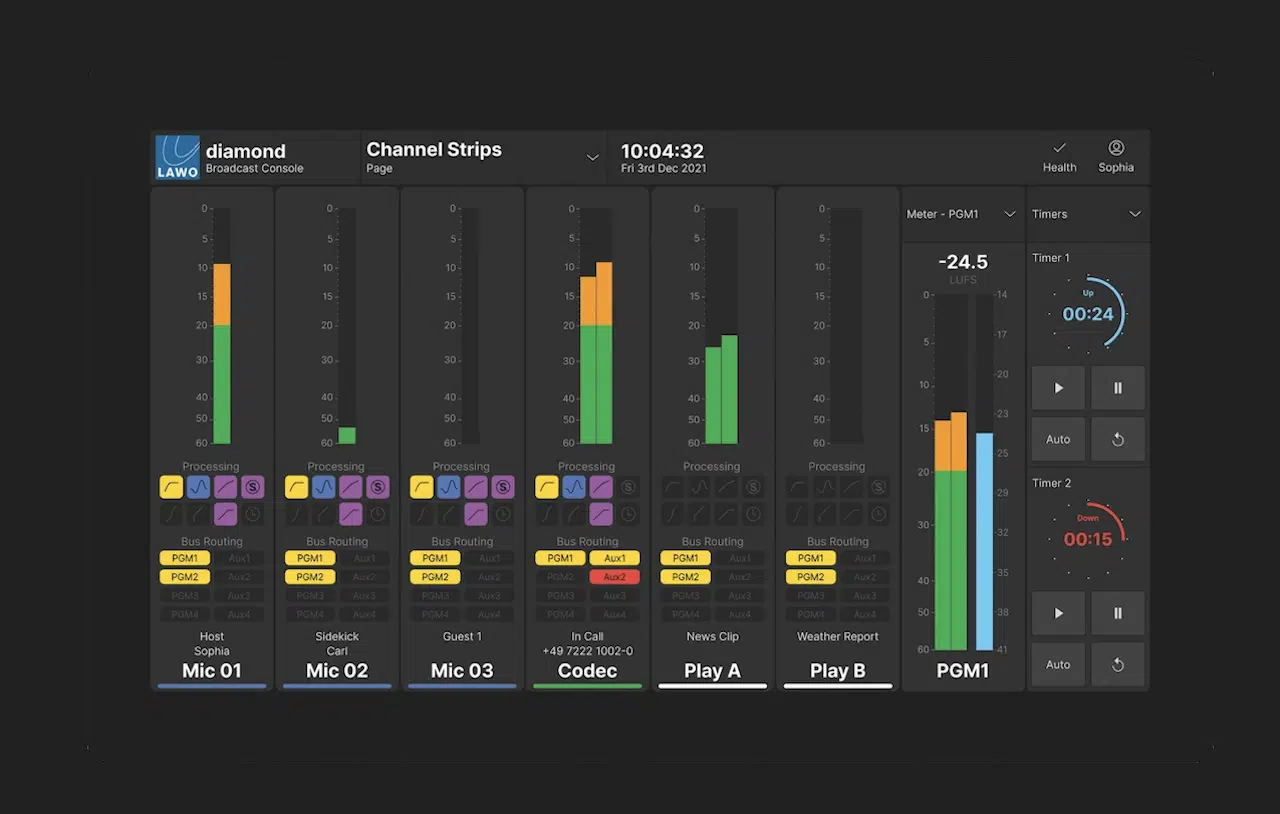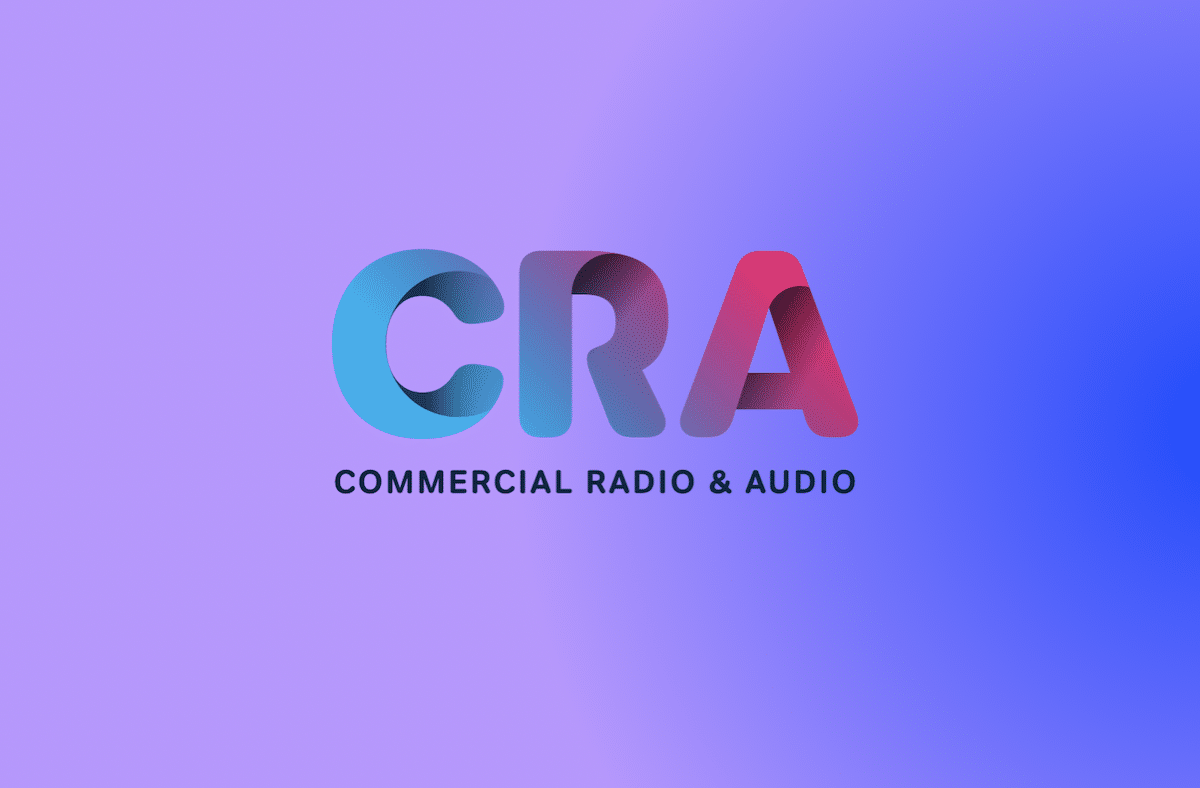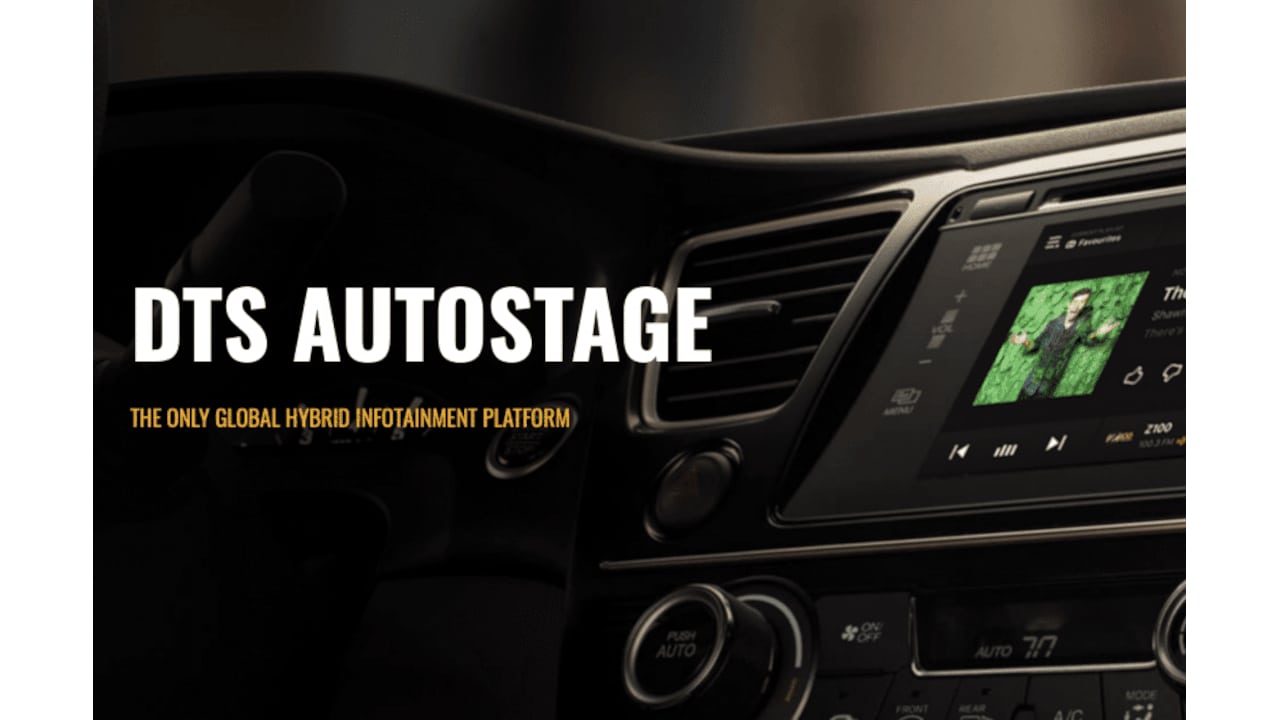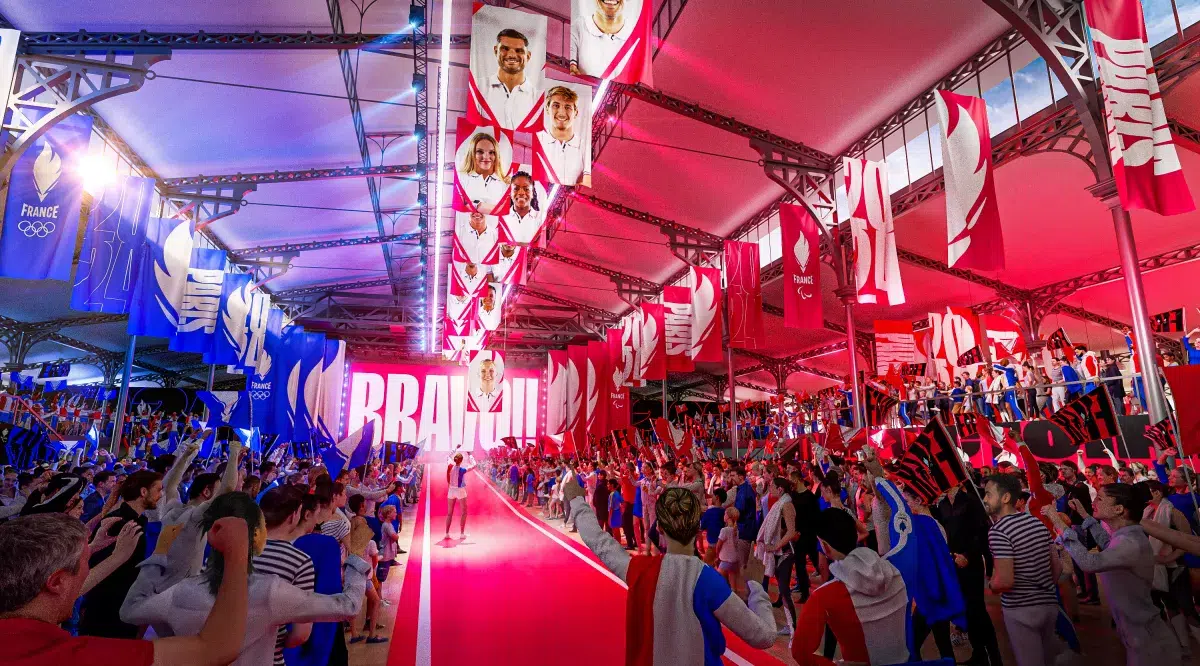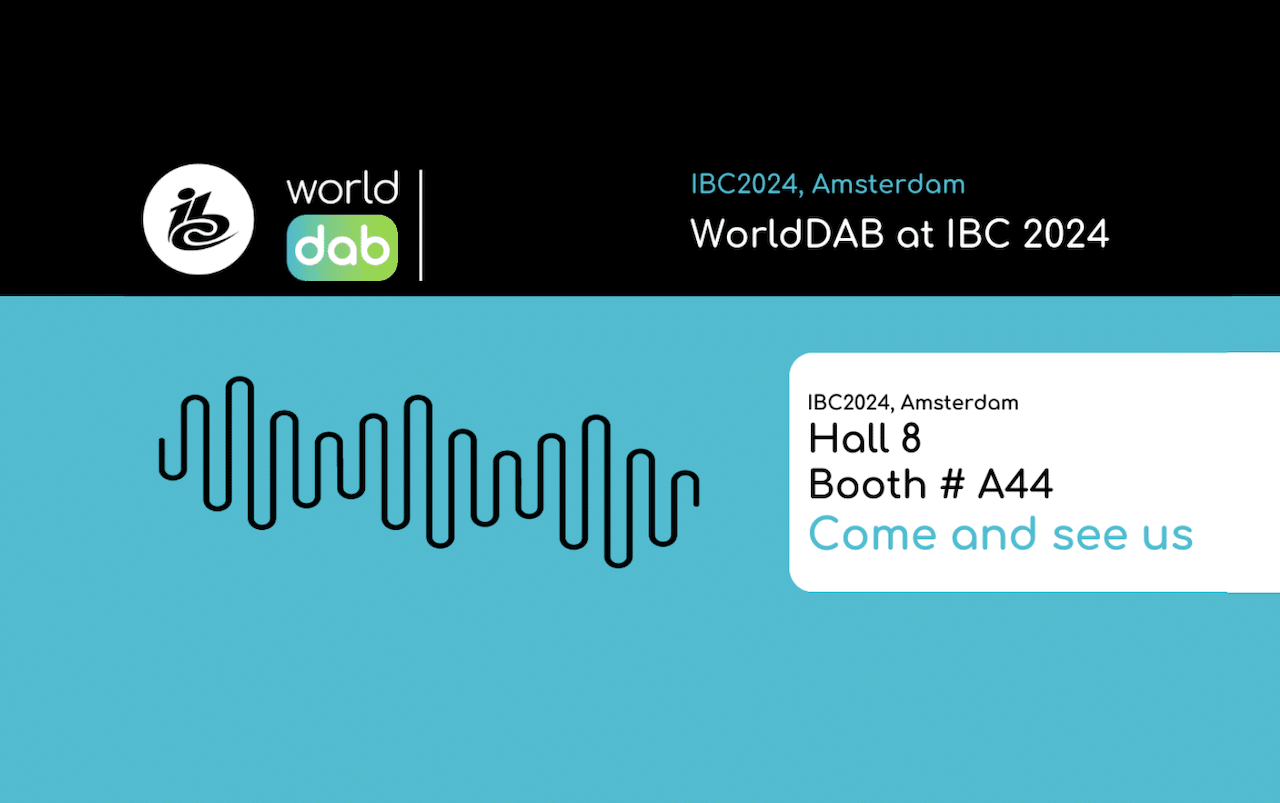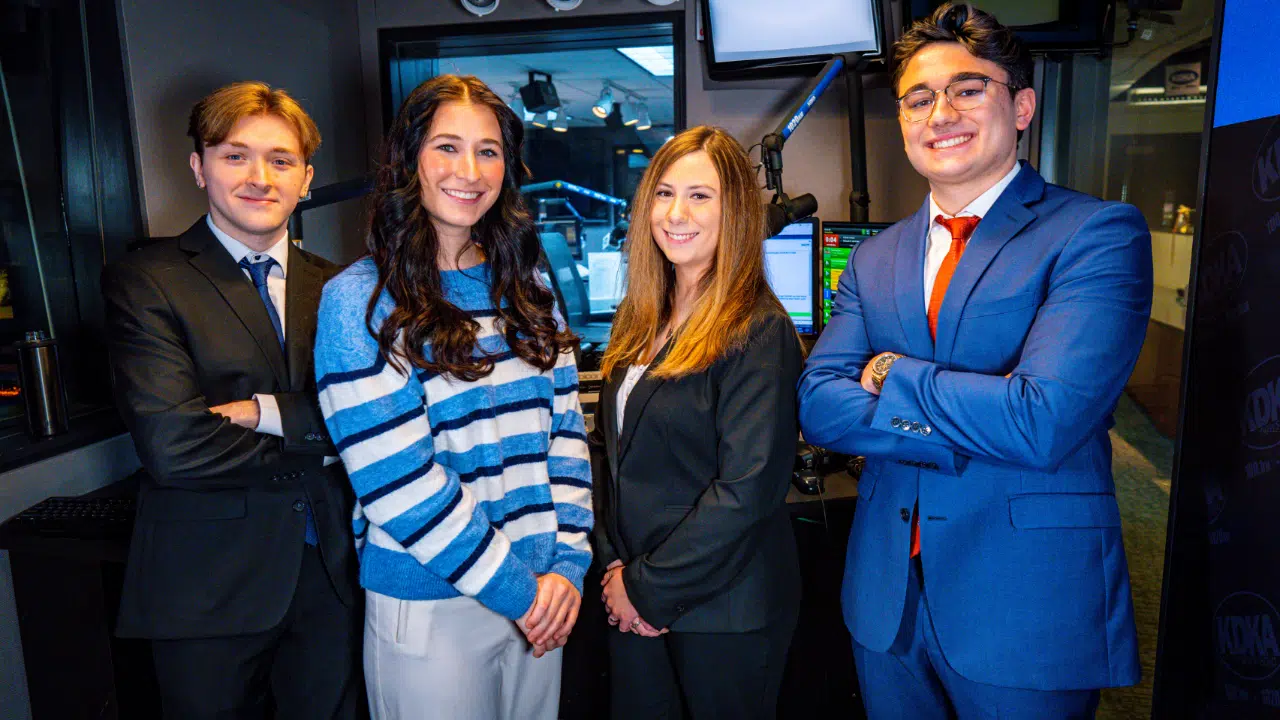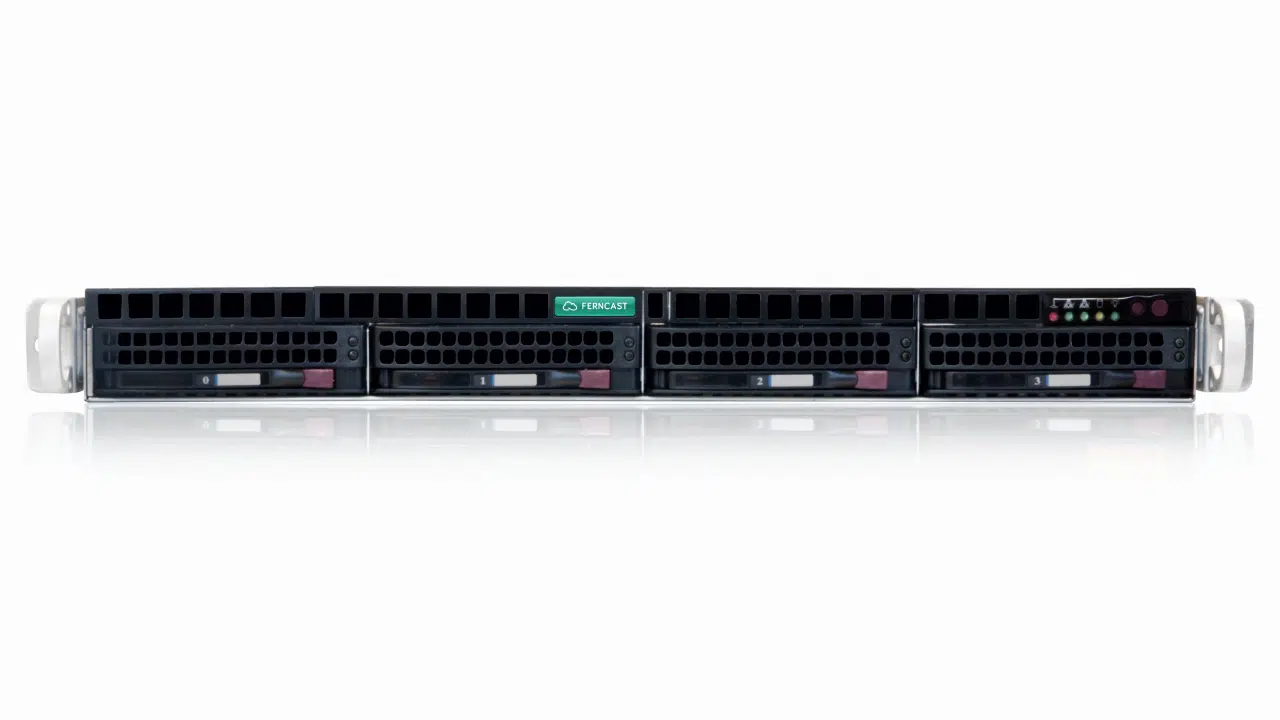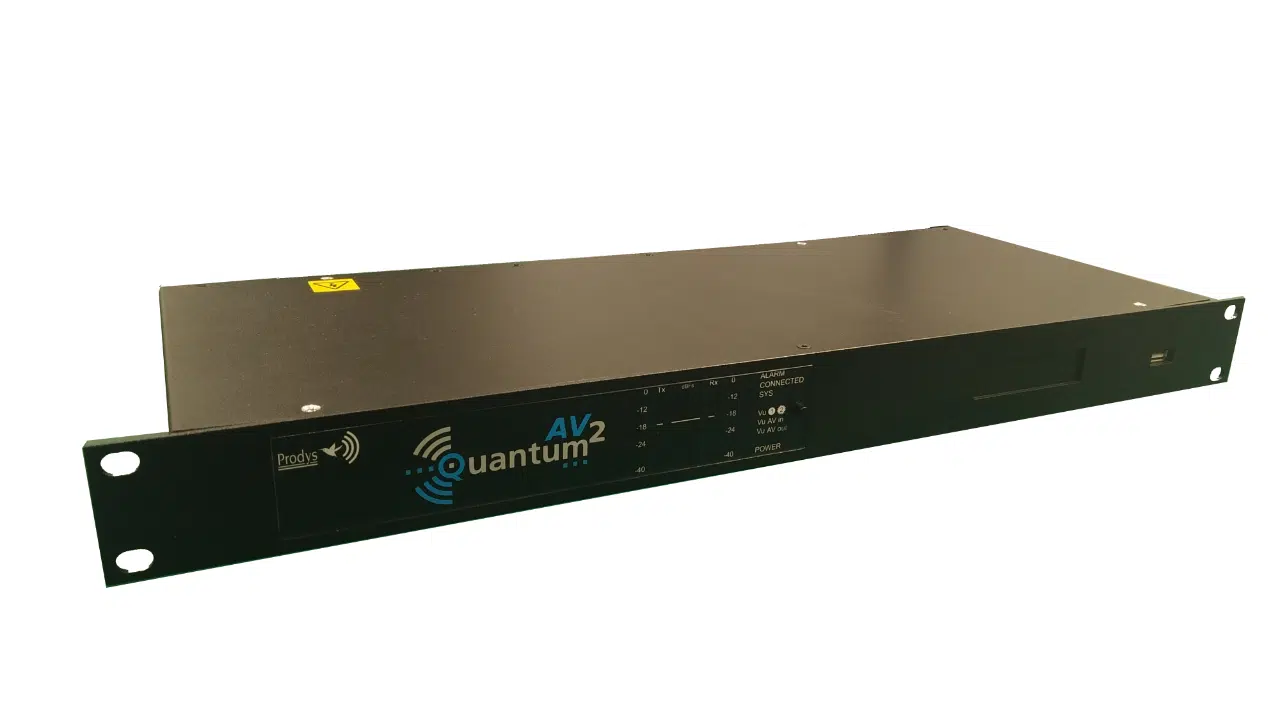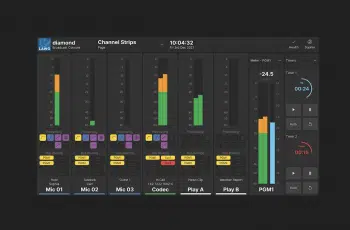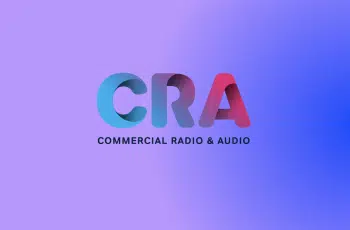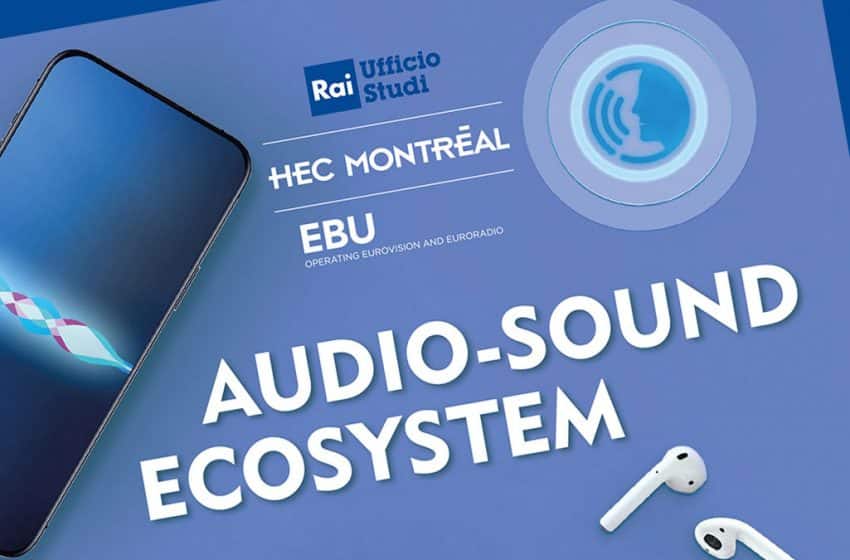
Editor’s Note: This is the preface to the Italian public broadcaster Rai’s publication “Audio & Sound Ecosystem,” published here, with permission.
The radio industry is at its defining moment. We’ve seen significant disruption in the audio sector, brought about by the rapid growth and popularity of new global listening platforms accessed via smart speakers, apps and, increasingly, connected car systems.
Added to this, the podcast sector has infiltrated the mainstream, from niche listening to a compelling audio format in its own right. Consumer behavior is unrecognizable from just a few years ago as radio listening migrates from analog to digital channels. So, talking about what’s next for radio seems redundant when we’re already in the middle of huge change. The whole idea of “radio” has already been redefined. The key now is how we harness developing innovations in audio to ensure the medium continues to thrive.
Navigating innovation
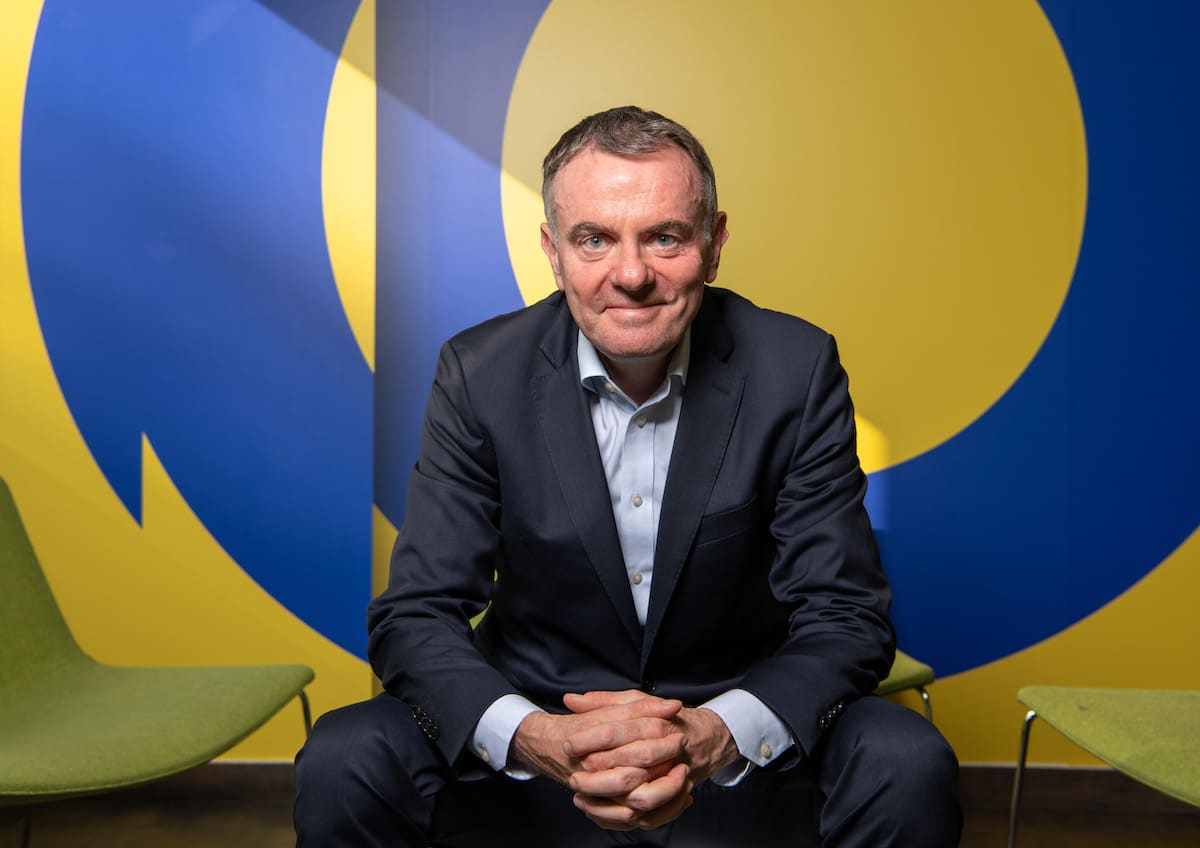
And radio does thrive. It attracts huge audiences worldwide. In 2021, 84% of European citizens were reached by radio every single week. And the fact this flexible medium is so strong has much to do with the fact it is free and easy to use as well as other innovations in the audio sector, compared to video or print. Yes, great content is in demand but is now consumed on demand with the listener in control via their smart devices, powered by voice assistants, personalized and curated by algorithms. It is no coincidence that the strongest growing demographic for audio is in the 13- to 24-year-old age range.
Radio continues to be front and center of changing listening habits because it responds so well to new and changing technologies. In the past few days, I’ve streamed radio stations on my laptop, listened to radio news on my smart speaker and downloaded topic-centered podcasts to listen to when or if I get a spare moment. The need for news and information — delivered in a human voice — is stronger than ever. Tellingly, radio provides that unique sense of being together — of community — even though the listening experience is often spent quite alone.
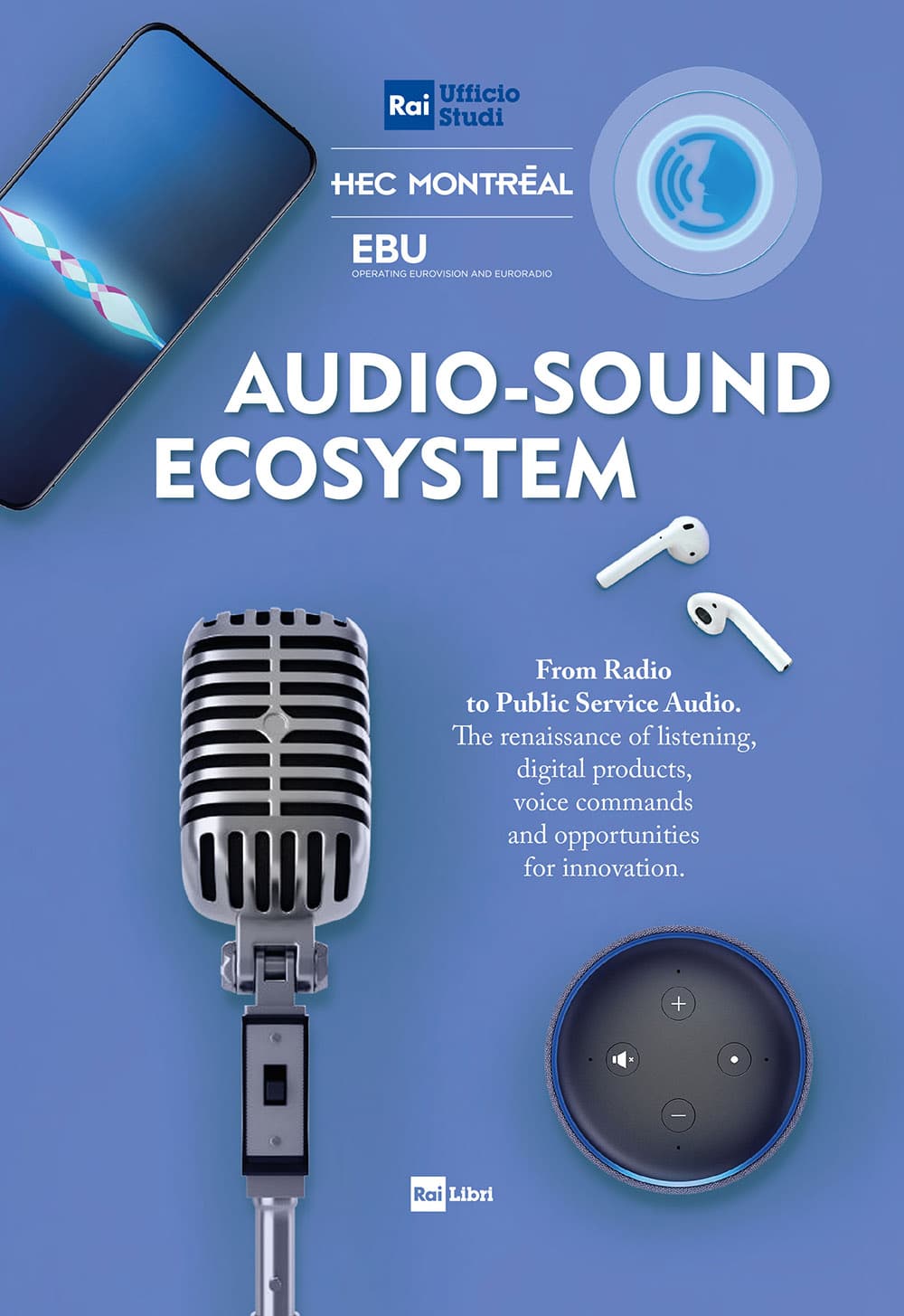
A new and in-depth publication — “Audio & Sound Ecosystem” — compiled by our Italian member Rai with perspectives from the foremost industry experts, is the first of its kind in Europe. I congratulate my Rai colleagues for producing this compendium because there’s an urgent need for a road map of not only where we are, but where and how radio might evolve next.
To better serve our audiences and make successful investments, we need qualitative information on audience radio and audio consumption. At the EBU, we have access to a diverse connected network through which we share expertise and information. This book takes that concept of collaboration and applies it to the whole audio landscape, giving unique insights into the state of our collective industry.
Audio consumption is fragmented with strong generational differences and is quickly evolving. To understand this market, we need to have a holistic approach. This publication covers the all-important topics, including innovation, audio distribution and consumption, and the current state of both public service radio and the commercial sector, on a broad geographical scope. It also advises radio actors on how they can adjust their strategies to take account of changes in listening habits.
Challenges
The roles of radio organizations are challenged on two fronts: on their music programming by streaming platforms that offer a limitless music catalog and on their speech programming by the podcast market, which covers many topics and can create innovative formats to be listened to at a time to suit the audience.
Therefore, third-party platforms and social media are increasingly important players for the audio market. We need to invest wisely in these platforms to remain visible and win over audiences. But radio broadcasters should not be afraid to build and promote their own environments for audiences to experience their content. If we’re going to safeguard radio as a medium for the future, we have to ensure our content is represented on all relevant platforms so that we’re in control of distribution and that we get audience credit — and audience retention — for where the richest content and best user experience is.
Third-party platforms and social media are increasingly important players for the audio market.
Earlier, I referred to radio as a flexible medium. This is a huge and often underrated advantage, but there is scope for further adaptation, including repurposing the content we air, ensuring that content has a longer life span and recognizing that this might be different across various platforms. The listener is central to this, of course, with bigger freedoms in how they use content, including the option to simply skip to something they like the sound of more!
It was having the audience front of mind that helped the EBU formulate our essential four principles for “future radio”:
- Radio should be easy to use, accessible via one button and highly visible on a connected screen as a standalone icon or app, not hidden behind another platform. For an intuitive user experience, this is non-negotiable.
- Radio should not just be easy to find — it should be impossible to miss. There is intense competition for “share of ear,” but radio shouldn’t be seen as just one of many choices. It’s a key part of what audiences want. Radio should be on the first “rank” of any set of options. The audience shouldn’t have to work hard to find it.
- Disruption in distribution is perhaps most visible in the car, which is now a platform in its own right. But radio in cars should be focused and personalized responsibly.
Radio consistently scores in surveys as the most trusted medium, but we must be transparent in how we use user data.Radio is so much more than a live stream of content. It’s a package that covers public and commercial, independent and local, across all formats and audio types. You name it, and it should be there.
It has been said that “audio isn’t going away, it’s everywhere,” and while the means of distribution will change as technologies are refined, I’ve no doubt that the medium itself will continue to adapt and grow. The future is in good shape, and this publication, Audio & Sound Ecosystem, will be crucial in helping us get there.
The author is the director general of the European Broadcasting Union.



